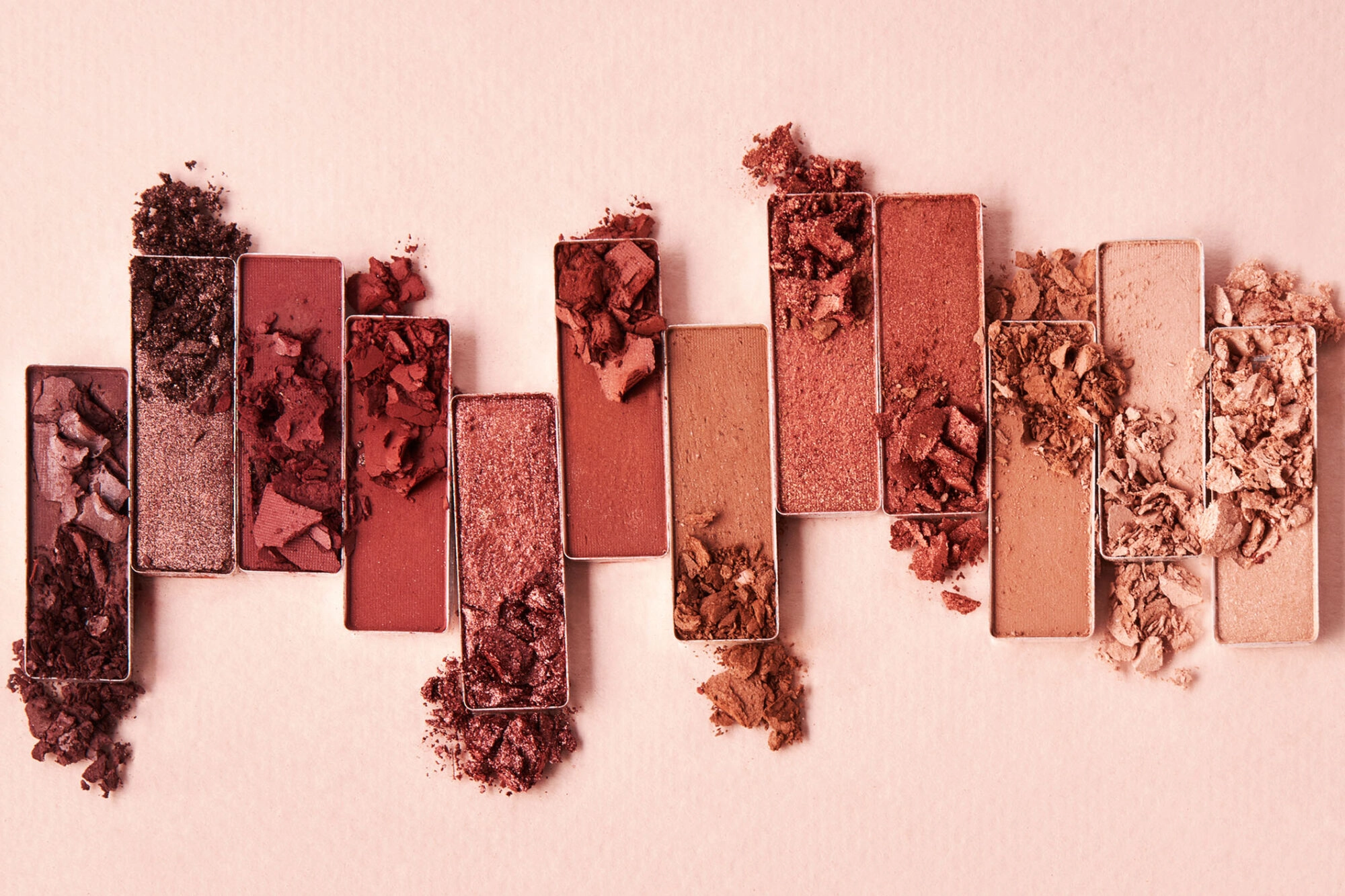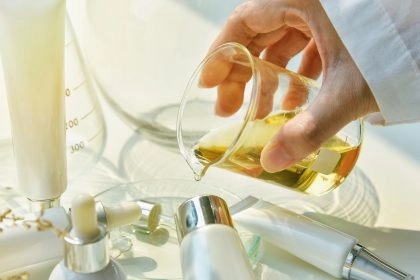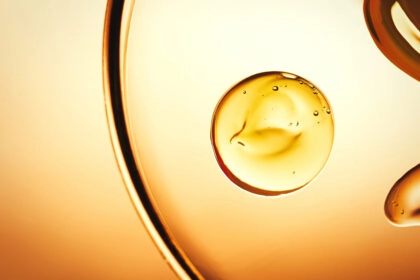Fundamente sus afirmaciones cosméticas: todo lo que necesita saber
La justificación de las afirmaciones sobre los productos cosméticos es un paso necesario para cualquier fabricante de cosméticos que desee vender sus productos en la UE. Desde estudios experimentales hasta estudios de percepción del consumidor e información publicada, infórmese sobre las opciones a su disposición para garantizar el cumplimiento de las normativas de la UE.

¿Cómo fundamentar las afirmaciones sobre los productos cosméticos?
Los fabricantes de cosméticos que deseen vender sus productos en la UE deben cumplir con los requisitos de etiquetado de cosméticos de la UE. Estas obligaciones establecen que cualquier afirmación que se haga para convencer a los consumidores de que compren el producto en cuestión debe estar plenamente fundamentada. En otras palabras, si haces promesas sobre la eficacia de un producto cosmético, debes poder demostrar que todo lo que dices es cierto y no es engañoso de ninguna manera. ¿Qué es una afirmación fundamentada? ¿Cómo fundamentar las afirmaciones sobre cosméticos? Aquí tienes todo lo que necesitas saber.
¿Por qué fundamentar una afirmación cosmética?
Si tiene que fundamentar una afirmación sobre un producto cosmético, la definición que aplique debe coincidir con la del Reglamento nº 655/2013 de la Comisión Europea. Este último establece que cualquier afirmación explícita o implícita sobre un producto cosmético debe estar respaldada por pruebas pertinentes y verificables que la fundamenten (es decir, que la demuestren). El reglamento en cuestión describe una serie de criterios comunes que deben cumplir las afirmaciones sobre productos cosméticos. La persona responsable de la UE (PR, por sus siglas en inglés) se asegura de que todo esté en orden y utiliza el expediente de información del producto (PIF, por sus siglas en inglés) para verificar la exactitud de la información.
La fundamentación de afirmaciones en la industria cosmética tiene como objetivo proteger a los consumidores de ser engañados. El objetivo es proporcionar información objetiva en la que el usuario final pueda confiar para decidir si el producto es adecuado para él. También ofrece a las marcas la oportunidad de demostrar lo innovador y eficaz que es su producto.
¿Cómo fundamentar una reclamación?
A la hora de aportar pruebas fundamentadas sobre un producto cosmético, es fundamental seguir las mejores prácticas. La principal forma de respaldar las afirmaciones es llevar a cabo estudios experimentales, realizar pruebas de percepción del consumidor o publicar información imparcial (datos de marketing o datos científicos, por ejemplo) sobre el tema. Naturalmente, las marcas pueden optar por hacer pública aún más información si así lo desean.

Estudios experimentales
Los estudios experimentales que se pueden realizar para fundamentar las afirmaciones sobre los cosméticos incluyen:
- Ex-vivo pruebas realizadas sobre un sustrato biológico derivado de un organismo vivo, como por ejemplo el cabello cortado.
- In vitro pruebas realizadas en tubos de ensayo u otros materiales de laboratorio, o en sustratos biológicos como modelos de piel artificial o cultivos celulares. Al igual que las pruebas ex vivo, los estudios in vitro deben realizarse en un entorno controlado y estandarizado y seguir protocolos validados.
- In silico pruebas
- Enfoques bioquímicos
- Enfoques instrumentales
- Evaluación sensorial
- Estudios clínicos en voluntarios, etc.
Todos estos estudios deben realizarse siguiendo unas directrices muy específicas y producir resultados fiables y reproducibles. Las pruebas deben seguir un protocolo estandarizado y científicamente válido y proporcionar información estadísticamente relevante. Por ejemplo, las pruebas deben implicar a una variedad adecuada de sujetos, ser realizadas por personal cualificado, etc.
El objetivo de las pruebas es predecir un efecto in vivo y servir como prueba de que el producto funciona como se anuncia.
Las marcas de cosméticos que deseen fundamentar las afirmaciones de sus productos deben esforzarse por interpretar sus resultados de forma adecuada y justa. También deben seguir principios éticos al realizar pruebas en voluntarios, que nunca deben estar expuestos a un producto considerado inseguro.
Experimental studies may be used to substantiate the following claims:
- «Dermatológicamente probado», lo que significa que el producto fue probado en seres humanos bajo la supervisión de un dermatólogo que verificó su tolerancia o su eficacia. Vale la pena señalar que tal afirmación puede no estar respaldada por estudios de autopercepción de los consumidores, ya que estos carecen de la formación médica necesaria para respaldar tales observaciones.
- «Probado bajo supervisión médica» es otra afirmación que implica que las pruebas se realizaron bajo la supervisión de un profesional de la salud calificado médicamente, como un dentista o un médico. Como tal, podría referirse a la eficacia de un efecto particular o a lo bien que lo tolera la piel.
- «Clínicamente probado» significa que el producto fue probado en seres humanos bajo condiciones muy específicas. La frase también puede referirse a un proceso o experiencia aplicada al probar el producto en un entorno clínico o siguiendo un protocolo clínico.
- «Tolerancia probada» implica que el producto fue probado científicamente para garantizar que fuera bien tolerado por un grupo objetivo.
Estudios de percepción del consumidor
Estos estudios pueden realizarse para corroborar afirmaciones sobre cómo los consumidores perciben el producto en términos de un aspecto específico. Para llevar a cabo estas pruebas, las marcas preparan un cuestionario fácil de entender para que los voluntarios informen sobre cómo se sienten y qué pueden observar. Para garantizar la precisión y la relevancia estadística, las pruebas deben estar estandarizadas y seguir un protocolo estricto, al igual que la interpretación de los resultados.
Información publicada
Siempre que la información en cuestión sea relevante para la afirmación que desea fundamentar, se puede utilizar cualquier publicación oficial. Algunos buenos ejemplos son las publicaciones científicas (como estudios) o los datos de mercado. Los documentos también deben ser representativos. Por ejemplo, los datos de mercado deben basarse en el mercado objetivo al que la marca destina el producto.
Las pruebas de las afirmaciones cosméticas son fundamentales para cualquier marca que desee fundamentar (es decir, proporcionar pruebas) las promesas que hace sobre sus productos. Con las herramientas adecuadas, puede realizar estudios y recopilar toda la información necesaria para demostrar la eficacia de sus productos cosméticos.





